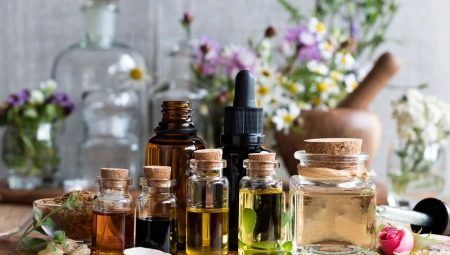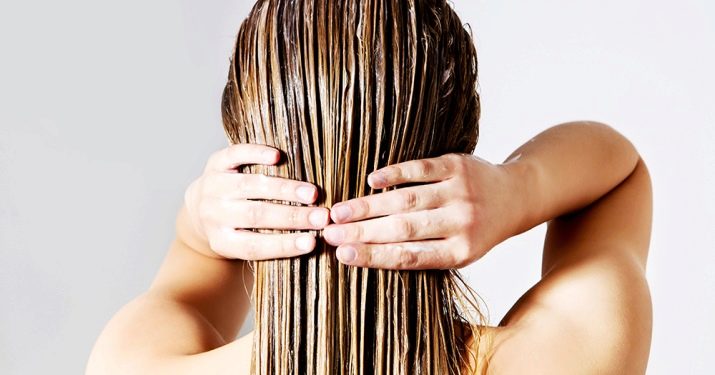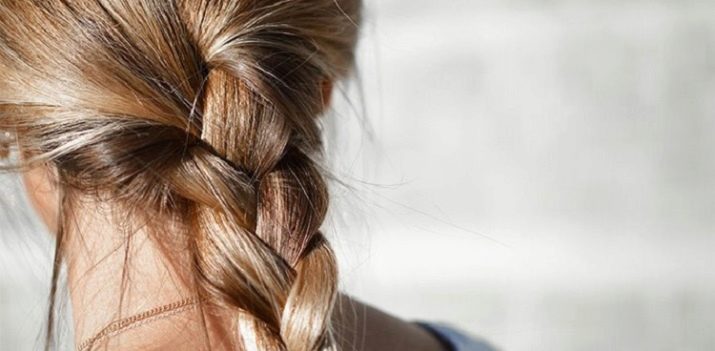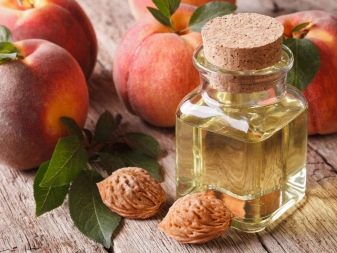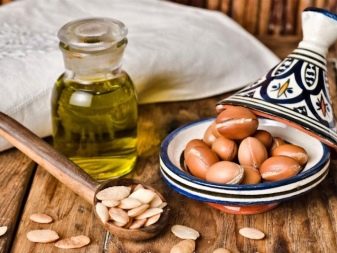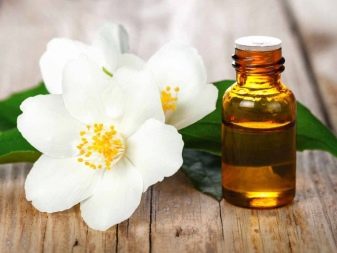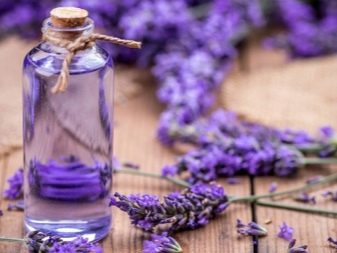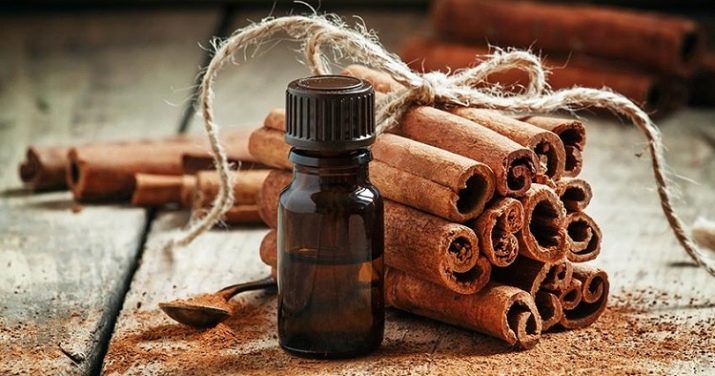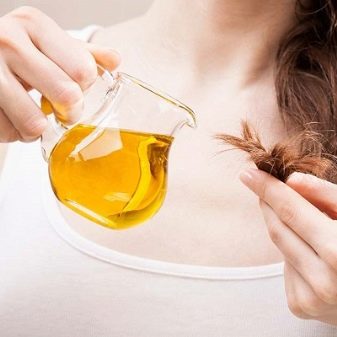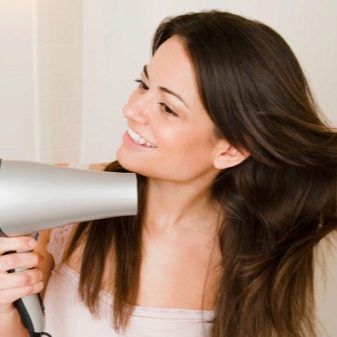Mechanical damage, the scorching rays of the sun and the environment - only a few reasons that adversely affect the structure and beauty of hair. To eliminate the split ends, dryness and lifelessness, different means are used, but essential oils occupy the leading position in this list.
Due to the unique properties, they restore the natural balance, nourish and moisturize the hair, and this is the main condition for the preservation of health and attractive hairstyle.
Requirements for the tool
The main goal of any cosmetic product is saturation with useful substances. Moisturizing oils successfully perform this function due to the unique ability to create a natural barrier that prevents evaporation of moisture and the effect of free radicals on the body's cells.
Cosmetic hair oils have the following effects:
- nourish hair from root to tip;
- give shine and elasticity to hair;
- prevent the occurrence of dryness;
- facilitate the process of combing and styling;
- restore damaged cells;
- promote the regeneration of skin cells;
- relieve irritation and peeling.
When choosing a tool, you should pay attention to the purpose and individual qualities of the product:
- it should be natural, easily absorbed and washed off with shampoo;
- have a pleasant smell and mix well with the main components of cosmetic means;
- Do not cause allergic manifestations in contact with the skin of the hands and head.
When applying essential oils, you should take precautions to avoid contact with the mucous membranes of the mouth and eyes. Any therapeutic or cosmetic tool should be checked for tolerability. To do this, a small amount is applied to the bend of the elbow and left for 20 minutes.
The absence of discomfort, redness or peeling suggests that the tool is suitable for use.
Varieties
Modern cosmetology and pharmacology offer a wide list of moisturizers, but the choice should be guided by the individual qualities of the product and personal preferences.
Vegetable
Vegetable oils have universal qualities, which allows them to be combined with biologically active additives. As a base oil used several means.
- Olive This tool is suitable for any type of hair. Due to the high content of vitamins, trace elements and essential acids will help to restore damaged cells and improve the hair structure along the entire length. When applied creates a thin film that prevents evaporation of moisture and helps to preserve the natural beauty and charm hairstyle.
- Peach. Peach oil masks and cosmetics do not make the hair heavier, but give it a natural shine and volume. It is a natural antioxidant, prevents the effects of harmful substances from the external environment, protects against temperature extremes and precipitation.
- Burdock. This tool was inherited from our ancestors and after centuries did not lose its relevance. Even with the advent of new types of oils, it remains a popular component in the composition of cosmetic hair products. Oil normalizes the activity of the sebaceous glands and promotes the gluing of exfoliated flakes.
- Castor. The universal restoring and moistening means. Helps to cope with the problem of lifeless and falling hair. It is used in the composition of masks and wraps with diffuse hair loss and as a prophylactic agent.
- Argan. Oil from the fruit of argania occupies a leading position in the cosmetology of eastern countries. Helps to restore the natural beauty of the hair after perm, dyeing and blow-dry. Suitable for any type of hair as an independent means, and in combination with other oils.
- Jojoba. Appreciated for its unique composition and ability to protect hair from ultraviolet radiation. When applied creates a thin film that prevents the effects of environmental factors, heat treatment and aggressive agents applied during hair styling.
- Coconut. Hypoallergenic cosmetological agent that is suitable for normal and oily hair. It quickly penetrates cell membranes, helps restore natural balance, moisturizes, and relieves the sensation of itching and tightened skin.
- Sea buckthorn Restores damaged cells, increases metabolism and nourishes the hair follicles.
- Flaxseed Warns a split ends, literally glues the damaged scales after dyeing and moisturizes the hair along the entire length. Helps with care for curly and colored hair.
- Almond. It has a therapeutic effect. It has antifungal, wound healing and regenerating effects. It relieves itching, eliminates peeling and discomfort after staining. Reduces the symptoms of seborrhea and psoriasis.
- Apricot kernels. It is called the oil of the beach season. Perfect for dry, prone to brittle hair. Increases elasticity, prevents the evaporation of natural moisture, nourishes skin cells, restores the natural balance of cells.
- Shea. Interferes with a cut of tips and reduces fragility of hair. Helps maintain elasticity, softness and natural shine after blow-dry.
- Hemp. Helps to cope with unruly hair, gives natural shine and elasticity.
- Pumpkin. It will help to cope with the most naughty strands. Get rid of dryness, prevent dandruff, seborrhea and psoriasis.
- Mustard Fights hair loss, prevents baldness in men. Strengthens the nutrition of the bulbs and scalp in adulthood.
- Broccoli. This tool is compared with natural silicone. When applied, it creates a dense film that retains moisture and prevents the influence of environmental factors.
Each of the above oils works as an independent means as masks and wraps, and when ethers or extracts of plant extracts are added, its properties grow significantly.
Essential
Essential oils, in contrast to vegetable oils, are more concentrated and have a therapeutic effect. They have anti-inflammatory, antifungal effects, prevent the spread of microbes and viruses. Oils improve the blood supply to the hair follicles, moisturize and nourish brittle hair along the entire length. For a more stable cosmetic and therapeutic effect, experts recommend combining vegetable oils with essential oils.
- Sandalwood - improves blood circulation, enhances hair growth, strengthens the roots, prevents the effects of harmful factors.
- Ylang ylang - nourishes the hair over the entire length, has a pronounced therapeutic effect.
- Jasmine - strengthens hair follicles, normalizes metabolic processes, promotes healthy hair. Eliminates the lifelessness and dullness of colored strands.
- Lavender - is a prophylactic against seborrhea and dandruff, relieves itching, gives the hair a healthy well-groomed appearance. Prevents flaking of hair flakes when blow-drying or styling with hairdressing tools.
Among the variety of essential oils, you can easily find a tool that will make hair care not only useful, but also enjoyable.
Which is better to choose?
Due to the unique composition of the oil have an irreplaceable cosmetic effect. When choosing a product, it is necessary to take into account individual preferences and the therapeutic effect that the product has:
- sandalwood, nononi oil, jasmine, chamomile and morula are suitable for moisturizing;
- Geranium oil, cedar and tea tree will help get rid of the split ends;
- coconut, patchouli, burdock, argon, cocoa butter and grape seed are used for damaged hair;
- against dryness, apply almond oil, myrrh, incense, cinnamon;
- for bleached hair, use lavender and citrus oils;
- Cassia, chamomile, neroli and myrrh oils promote hair growth.
For allergic diseases, it is recommended to give preference to neutral oils, and for dandruff and seborrhea - means with a pronounced therapeutic effect.
Application Methods
Depending on the desired effect, suitable oils can be used.
- After washing the hair with regular shampoo, spreading a small amount of the product on the palm of your hand and passing it along the strands from the roots to the ends.
- Applying a small amount of oil to the hair before styling with a hair dryer contributes to the formation of a protective film and helps to give the disobedient curls the desired shape.
- Before visiting the pool or the beach, you should apply a small amount of oil along the entire length, pre-warming it in your palms. It protects from solar radiation and exposure to chlorine and other aggressive disinfectants.
- Vegetable and essential oils are suitable for cosmetic wraps. After applying the product, it is necessary to wrap the head with cling film or put on a plastic cap, wrap with a towel and leave overnight. The next morning, rinse with shampoo. Sometimes one washing is not enough, so it is recommended to repeat the procedure again.
Terms of use
Vegetable oils can be used as a stand alone tool, or as a basic basis for more concentrated products. The optimal ratio of ingredients - 1-2 drops of ether per 10 ml of vegetable oil. Vegetable hair oils are used daily, applying light movements over the entire length, carefully processing the tips.
Concentrated products should be used once a week, and in case of severe dryness of the hair, they are used no more than 3 times a week for a month.
A few drops of essential oil dissolved in a liter of water, suitable for rinsing hair after washing.
Before using the oil, you must carefully study the instructions. Some species have a viscous or solid structure, so they need to be heated in a water bath.
It is important to follow the recommendations and rules of application of funds, so as not to provoke vigorous activity of the sebaceous glands.
Reviews
The use of natural oils in home cosmetics has a lasting therapeutic and cosmetic effect. Reviews after regular use of these tools are very positive. Fast hair restoration after perm or dyeing is noted, elasticity and natural shine increase. These tools are universal: they can be used as masks for any hair type. The main thing - to comply with the measure and caution, and the hair will be filled with health and shine.
In the next video, the trichologist will tell you how to properly use vegetable oils for hair loss, what to look for when using, reveals the important question about the pH of oils and shares the secrets of applying and rinsing oils from the scalp and hair.
